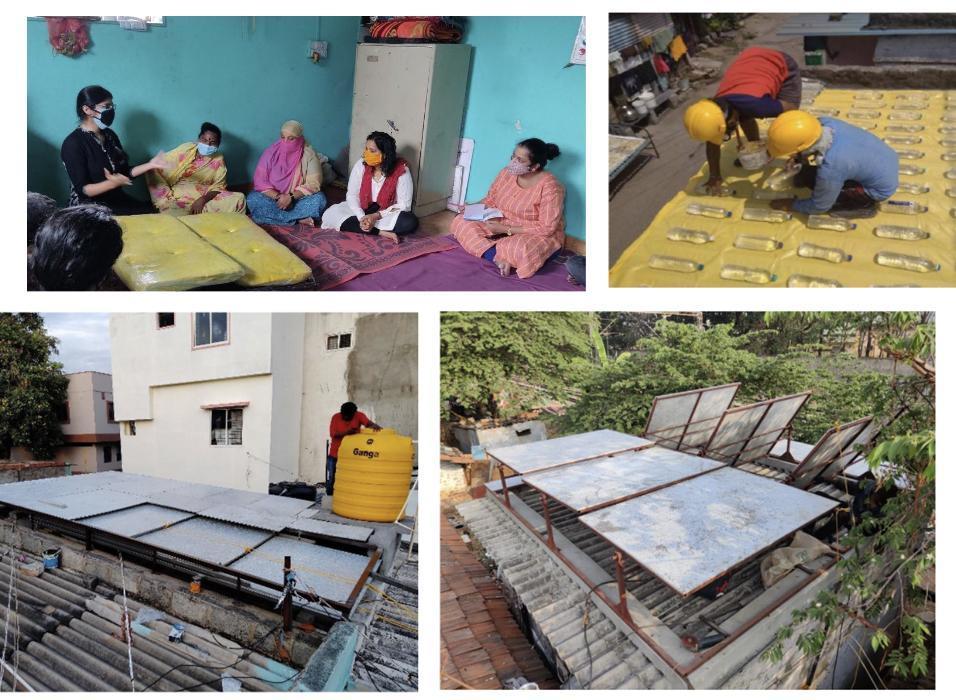
As global temperatures rise, the nearly 2.6 billion people who live without air conditioning in hot climates are becoming increasingly vulnerable to heat stress.
A recent study analyzes the relationship between energy poverty and climate vulnerability in the Global South, emphasizing the implications of rising temperatures and extreme weather events on resource-constrained populations. The research evaluates disparities in energy access, particularly in informal settlements, and considers the effectiveness of various adaptation measures.
The research was presented by Sarah Outcault, EEI and WCEC Market Transformation Research Director, at the recent International Conference on “Comfort at the Extremes” held in Seville, Spain. Using case studies from India, South Africa, and South Korea, the study examines natural ventilation potential, community-based adaptation planning, and the development of a Household Energy Poverty Index to assess regional energy access disparities. Findings suggest that integrating climate resilience considerations into energy policy is essential for mitigating risks associated with heat stress and other climate-related challenges.
